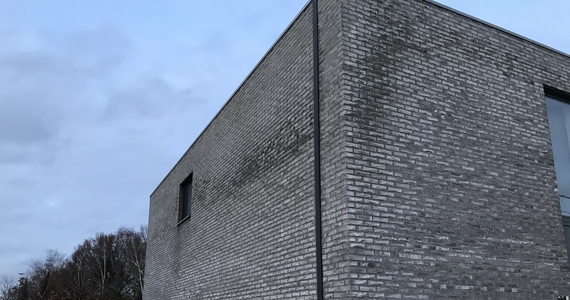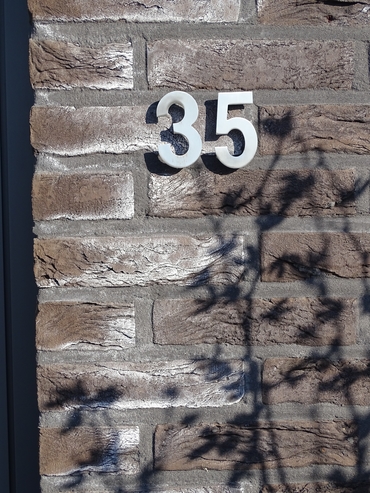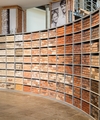How do I prevent efflorescence or white residue?
Efflorescence is a white/greyish haze or residue on the facade masonry and can occur on practically any colour brick but is more visible on dark bricks than lighter coloured ones.
When does white scale residue form?
It is impossible to predict when effloresence will occur. It mainly depends on:
- the composition of the mortar (the amount of gypsum in the cement used, the pore structure of the cured mortar as a result of additives and improvers)
- the bricklaying conditions (e.g. bricklaying in cold, humid weather, not covering fresh brickwork in rain)
- the orientation of the facade

Rules of thumb
There are some rules of thumb for significantly reducing the risk of efflorescence:
- Most efflorescence occurs due to too much moisture in the mortar (often caused by exposure to rain) before it has sufficiently cured. Mortar, like concrete, takes about 28 days to fully cure.
- Covering the masonry work for the first 28 days is therefore essential.
- Do not add more water to the mortar than recommended by the manufacturer.
- Bricklaying and jointing should not be done during rain or high humidity.
- Always cover the brickwork at the end of the working day (both the visible and cavity sides).
- Use pure water Do not use tap water with chlorides, and do not use rainwater (risk of algae formation).
- Use clean sand, not sand that may be contaminated with sea sand, salts etc.
- Do not use cement containing sulphates or additives such as curing retardants, as these cause efflorescence.
- Low efflorescence mortars are available, which contain less lime and therefore reduce the risk of efflorescence. However, it is not possible to completely rule out efflorescence.
- Use bricks that have had their visible faces (not the laying surfaces) hydrophobically impregnated at the factory.

Is it possible to completely prevent efflorescence?
Unfortunately, efflorescence can never be completely ruled out, but you can minimise efflorescence if you stick to the rules of thumb provided above.


